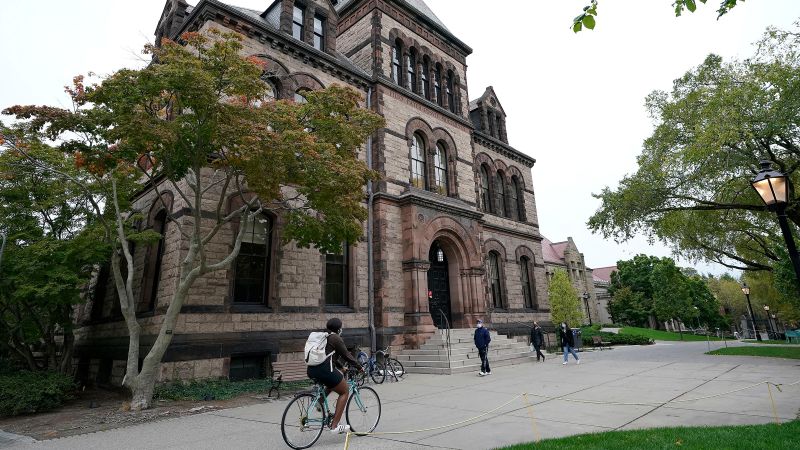
President Trump's Targeting of Democratic-Leaning Major Cities
Politics | 8/17/2025
President Donald Trump has been strategically targeting Democratic-leaning major cities, which have been focal points of opposition to his policies. This concerted effort aims to diminish their independence and diminish their influence in the political landscape. Recent actions by the Trump administration reflect a pattern of interventions that directly impact urban centers known for their Democratic support.
One of the key strategies employed by the administration is the exertion of pressure on these cities to align with federal directives and policies, thereby reducing their ability to operate with autonomy. This move has raised concerns among critics who view it as a deliberate attempt to weaken the political power and decision-making authority of these urban areas.
A White House official, speaking on condition of anonymity, stated, “The administration’s approach is focused on ensuring compliance with federal guidelines and promoting a uniformity of governance across the nation.” This perspective underscores the administration’s stance on centralizing control and standardizing practices across all jurisdictions.
Legal experts point out that this approach raises complex questions regarding the balance of power between federal and local governments. The historical context of states’ rights and federal intervention adds depth to the analysis of Trump’s moves targeting big cities. The implications of these actions extend beyond political maneuvering, touching on fundamental principles of governance and the division of authority in a federal system.
As the administration continues to assert its influence over major urban centers aligned with the Democratic Party, the common thread in Trump’s latest moves becomes increasingly apparent: a concerted effort to tighten control over regions that have been vocal in their opposition to his policies. This trend is likely to provoke further debate and scrutiny regarding the boundaries between federal oversight and local autonomy in the United States.


